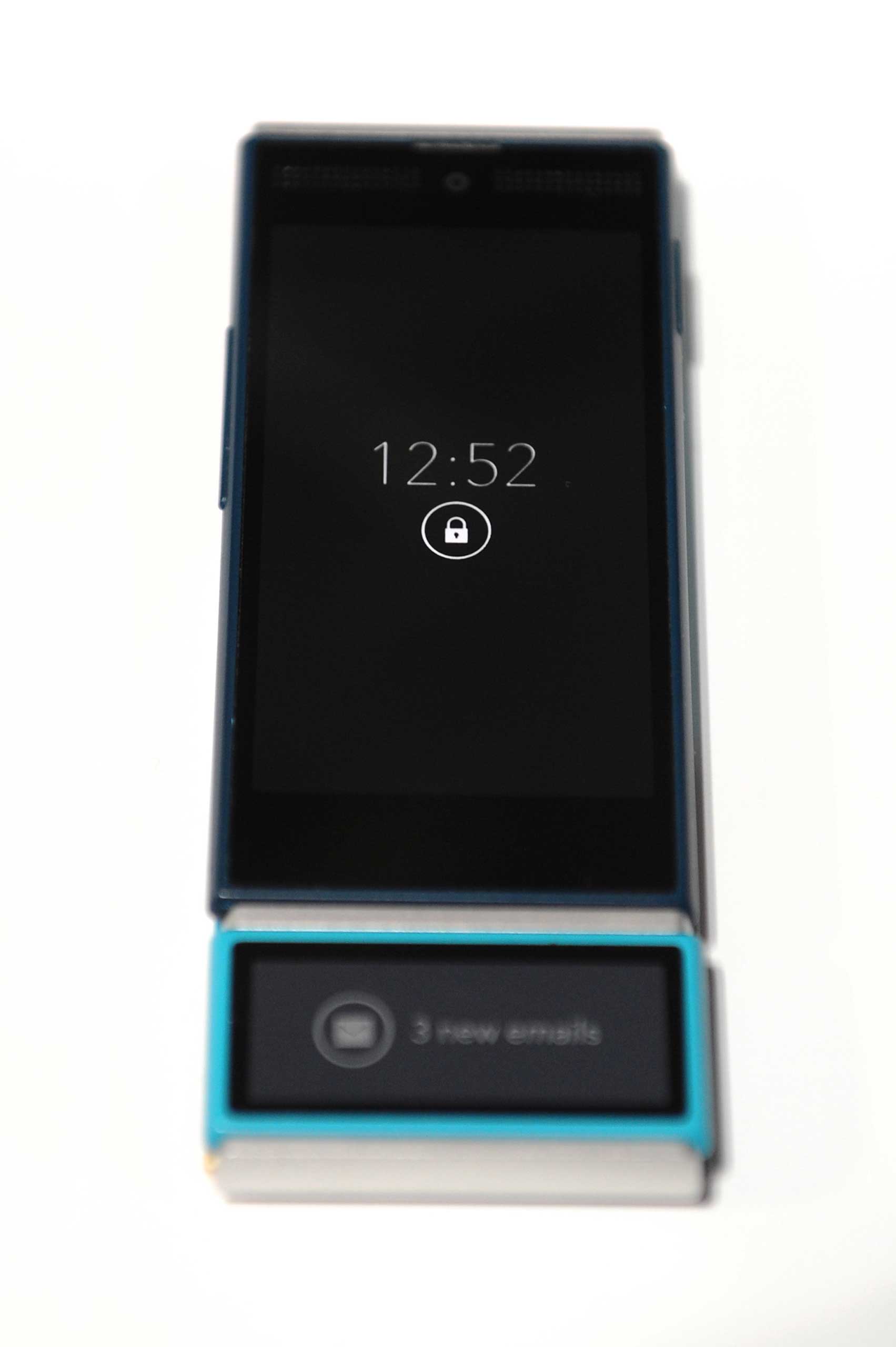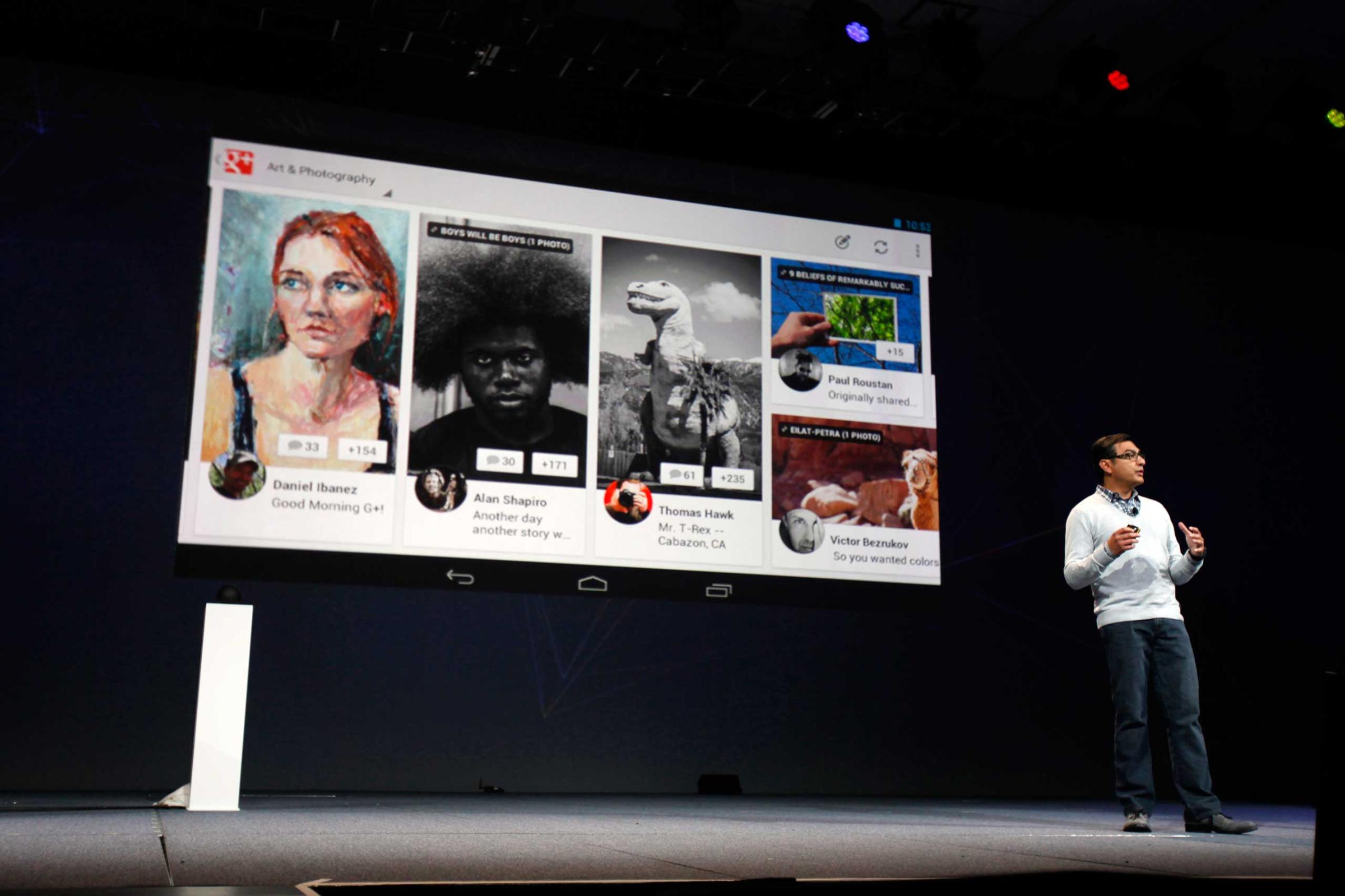Google is already an Internet Service Provider and a pay-TV operator. Now it’s expanding to become a wireless carrier as well.
Google unveiled Wednesday a new cell phone service dubbed Project Fi, which offers the same basic functionality as traditional wireless carriers, such as voice, text and Internet access, at a lower price than many common plans.
Here’s a primer on everything you need to know about Google’s Project Fi:
What exactly does Project Fi offer?
Project Fi offers a basic cell phone plan that includes unlimited domestic talk and text and unlimited international texts for $20 per month. International calls will cost $.20 per minute. Subscribers can add a monthly allotment of 1GB of data for $10 month, and increase the allotment by $10 per gigabyte.
One thing that makes Fi different from many mainstream carriers is that any data a customer doesn’t use shows up as a credit on their next bill — each 100MB is worth $1. There are also no overage penalties, as extra data use is charged at the same rate as data that is part of the plan. And, in a nice plus for international travelers, mobile data costs the same $10/GB in more than 120 countries.
How will Project Fi differ from what traditional wireless carriers offer?
Google’s service will switch between different high-speed wireless networks operated by Sprint and T-Mobile, depending on which is stronger in a given area. In addition to regular cellular coverage, phones on Project Fi will switch to Wi-Fi networks when available to place calls and access the Internet without using up customers’ data plans.
Using Wi-Fi for voice service is becoming an increasingly popular strategy in the telco industry — Cablevision recently unveiled a cell phone service that is entirely reliant on Wi-Fi connections and costs $30 per month.
What do I need to get Project Fi?
Right now, you can only use Project Fi with a Nexus 6, Google’s flagship Android phone. The Nexus 6 costs $649 for the 32GB version. Unlike traditional carriers, Google isn’t offering a subsidy on the phone in exchange for a two-year contract commitment (Project Fi is contract-free).
However, customers can pay for the device over the course of two years if they pass a credit check. And if you already own a Nexus 6, it’ll work on Project Fi.
How is Google able to build the infrastructure to offer cell phone service?
Google isn’t building its own cell phone towers for Project Fi. Instead, it operates on networks already operated by Sprint and T-Mobile. The big wireless carriers already make lots of money by effectively renting access to their networks to smaller carriers, who then resell that service to consumers using different branding.
Google, of course, could be a much bigger long-term threat to the wireless industry than the typical small-scale operator. But Sprint has reserved the right to renegotiate its deal with Google if the search giant gains a large number of subscribers, according to the Wall Street Journal.
The 10 Most Ambitious Google Projects










Why would Google want to be a wireless carrier?
Google’s primary interest as a company is getting people on the Internet so that they can make Google searches and be served ads, which is how Google makes money. Developing new ways to make Internet access cheaper, faster or more reliable creates more opportunities for users to feed into Google’s core business.
Google likely doesn’t have aspirations to become the next AT&T or Comcast–those firms have incredibly high infrastructure costs and often contentious relationships with their customer base because of the high fees they charge. Rather, Google wants to tip the scales to force the giants in telecommunications to offer better service. This is already happening with Google Fiber, Google’s high-speed Internet service, which has prompted Time Warner Cable to boost Internet speeds for its own customers in places like Charlotte, N.C.
How will this affect the other carriers?
For now, any impact will be small, because Project Fi is only available on the Nexus 6. T-Mobile and Sprint will actually benefit financially because Google is paying them for their networks, and those companies will have the leverage to stamp out Google’s service if it develops in ways they don’t like. But in the long run, Google’s presence could force carriers to offer customers plans that are cheaper and more flexible. T-Mobile has already been filling this disruptive role in the telco industry through its aggressive Uncarrier plan.
Read next: This Is Facebook’s Latest Move to Take Over Your Phone
More Must-Reads from TIME
- Cybersecurity Experts Are Sounding the Alarm on DOGE
- Meet the 2025 Women of the Year
- The Harsh Truth About Disability Inclusion
- Why Do More Young Adults Have Cancer?
- Colman Domingo Leads With Radical Love
- How to Get Better at Doing Things Alone
- Michelle Zauner Stares Down the Darkness
Contact us at letters@time.com